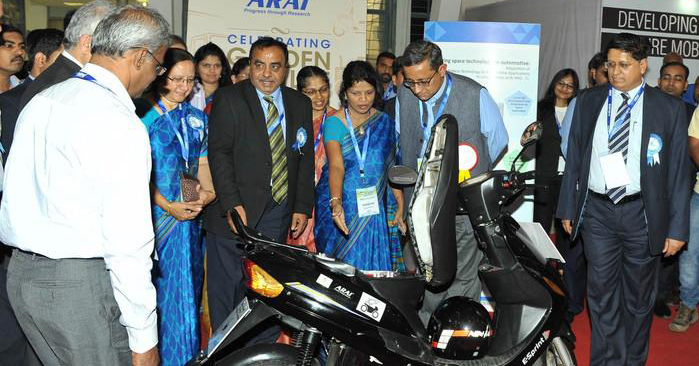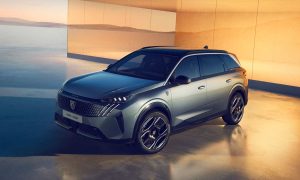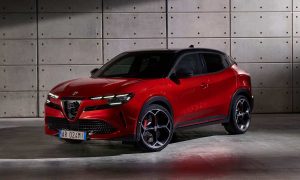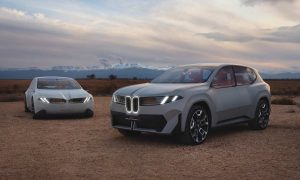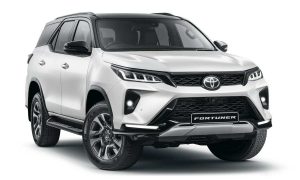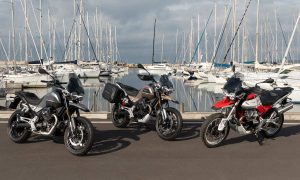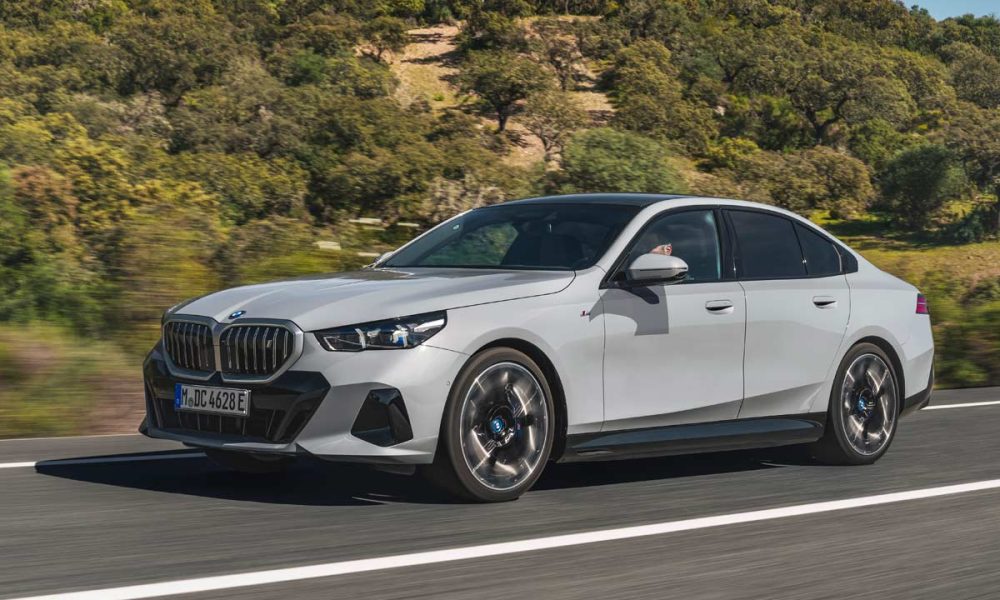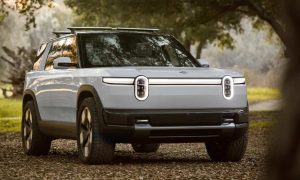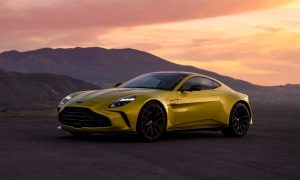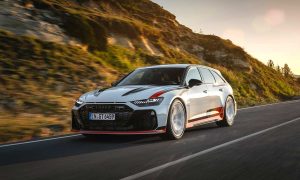Automotive Research Association of India (ARAI) and Indian Space Research Organization (ISRO) have joined hands to explore the electric mobility opportunities in the country. The duo are currently working on a project to explore the applications of lithium ion battery technology used in space for surface transport vehicles. A prototype was showcased at Symposium on International Automotive Technologies (SIAT 2017) at the ARAI Campus in Pune.
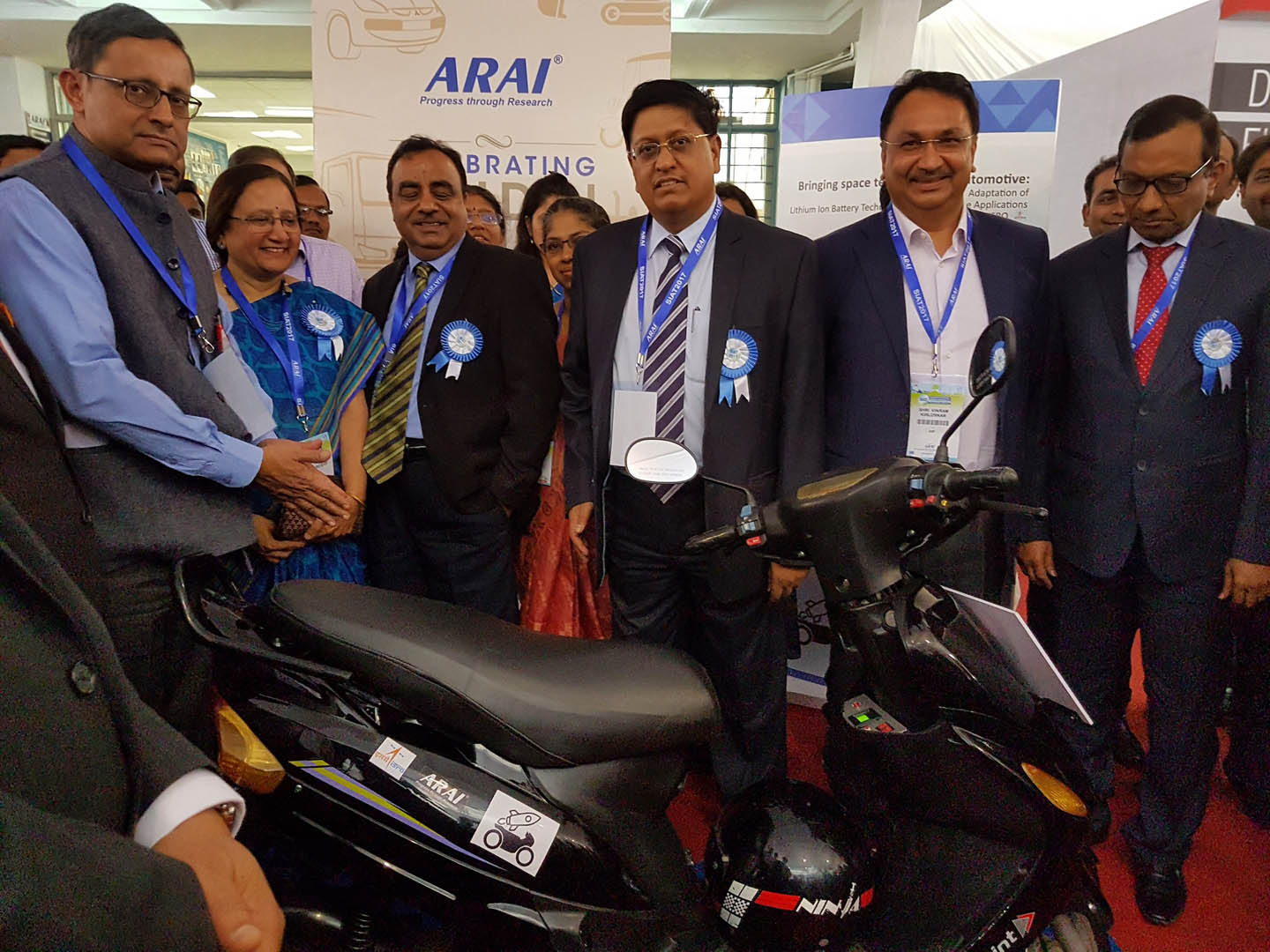
L-R: Sanjay Mitra, secretary, Ministry of Road Transport and Highways; Rashmi Urdhwareshe, director, ARAI; M R Saraf, senior deputy director, ARAI; Sanjay Bandopadhyaya, CEO, NATRiP; Vikram Kirloskar, VP, ARAI and Dr Pawan Goenka, MD, Mahindra & Mahindra, with the prototype that uses an ISRO-developed lithium ion battery. PC: defence.pk
The prototype has a range of 90 km on a full charge, 45 kph top speed, and has 20 – 30 paise/km running cost. Sharing some details of this prototype, Anand Deshpande, convenor of SIAT 2017 said, “This is a landmark development under the joint research project of ISRO and ARAI, where lithium-ion battery technology developed for space applications was successfully adapted for the automotive segment. We at ARAI have worked upon on various factors like the battery management system, lab testing, road testing and automotive duty cycle at different temperatures, charge and discharge.”
“In space applications, reliability is of paramount importance while in the automotive segment affordability is equally important. Thus, our teams are now working in this direction. The prototype is loaded with a 48 volt, 50 ampere-hour battery and successfully runs up to 90 kilometres once charged for two hours. We are working on reducing the charging time and have set the target to bring it down to one hour initially. It does not use much electricity for charging and the running cost per kilometre could be as less as 20-30 paise per kilometre. The vehicle can attain the speed of 40-50 kilometres per hour,” he added.

Leave a Reply
Note: Comments that are unrelated to the post above get automatically filtered into the trash bin.
